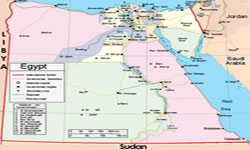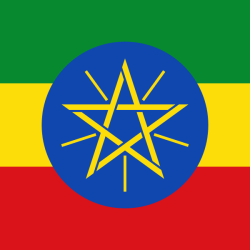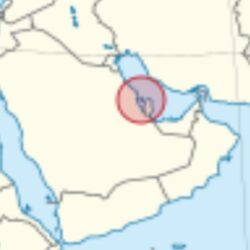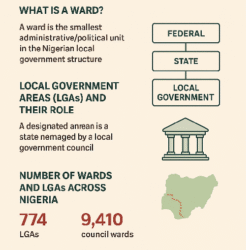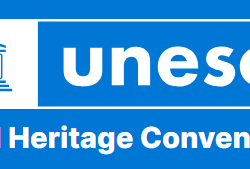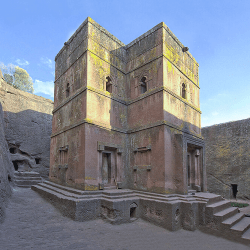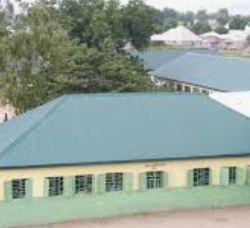Bahrain is divided into four governorates—Capital, Muharraq, Northern, and Southern. Discover their history, geography, economy, and cultural importance in shaping the Kingdom of Bahrain.
Bahrain, the pearl of the Arabian Gulf, is a small yet dynamic island nation known for its rich culture, economic vitality, and strategic importance. To efficiently manage its affairs and ensure balanced regional development, Bahrain is divided into four governorates—the Capital Governorate, Muharraq Governorate, Northern Governorate, and Southern Governorate. Each plays a vital role in the nation’s social, cultural, and economic life.
This administrative division reflects Bahrain’s commitment to efficient governance, urban planning, and regional inclusivity. From the bustling financial hub of Manama to the serene desert stretches of the Southern Governorate, each area presents a distinct identity that collectively defines the spirit of modern Bahrain.
The Capital Governorate: The Beating Heart of Bahrain
The Capital Governorate is the most dynamic and densely populated region in Bahrain. It encompasses the capital city, Manama, along with several neighboring towns. Known for its skyline, financial institutions, and vibrant souks, this governorate represents the economic and cultural pulse of the nation.
Geography and Location
Located in the northern part of Bahrain Island, the Capital Governorate is a blend of modernity and tradition. It houses Bahrain’s government institutions, major banks, luxury hotels, and diplomatic missions. The strategic location facing the Arabian Gulf makes it a hub for trade and tourism.
Economic and Cultural Importance
Manama, the centerpiece of the Capital Governorate, hosts the Bahrain Financial Harbour, one of the most important business districts in the Gulf region. The governorate also features Bab Al Bahrain, a historic gateway symbolizing the nation’s commercial heritage. The area is alive with art galleries, cultural centers, and vibrant nightlife, attracting both residents and expatriates.
Tourism and Lifestyle
Tourism flourishes here with attractions such as the Manama Souq, Al-Fateh Grand Mosque, and the Bahrain National Museum. Modern development projects like the Bahrain Bay waterfront further reflect the governorate’s continuous evolution.
Muharraq Governorate: Where Heritage Meets Modernity
Once the ancient capital of Bahrain, Muharraq Governorate is a captivating blend of history, tradition, and innovation. It sits on Muharraq Island, connected to Manama by several bridges, and continues to serve as a cultural cornerstone.
Historical Legacy
Muharraq has deep historical roots, having been Bahrain’s capital before Manama. Its narrow lanes and old-style architecture preserve the country’s rich past. The Pearling Path, a UNESCO World Heritage Site, reflects the island’s historical connection to the pearl diving industry.
Economic Significance
Home to Bahrain International Airport, the Muharraq Governorate is a key player in the nation’s aviation and logistics sectors. The area also includes Arad Fort and various heritage houses like Sheikh Isa Bin Ali House, which offer glimpses into Bahrain’s architectural and social history.
Modern Developments
Despite its traditional ambiance, Muharraq is rapidly modernizing. Residential projects, educational institutions, and entertainment centers coexist with cultural landmarks, creating a harmonious mix of old and new Bahrain.
Northern Governorate: The Residential and Educational Hub
The Northern Governorate is characterized by its high population density and its role as a residential, agricultural, and educational center. It covers several key towns including Budaiya, Jidhafs, and Saar.
Geography and Communities
Situated in the northwest of the main island, this governorate features lush greenery, date palm farms, and residential neighborhoods. It is home to many middle-class and upper-middle-class families, offering a peaceful contrast to Manama’s urban pace.
Education and Infrastructure
The Northern Governorate hosts numerous schools, universities, and health facilities. It’s known for being family-friendly, with ample parks, cultural centers, and shopping malls. Its proximity to Manama allows residents to enjoy suburban comfort without losing city access.
Cultural and Social Life
Traditional markets and cultural festivals bring the community together. The governorate’s emphasis on education and youth development has made it one of Bahrain’s most desirable places to live.
Southern Governorate: The Vast and Serene Frontier
The Southern Governorate is the largest of Bahrain’s four governorates, covering over half of the kingdom’s total land area. Despite its vastness, it is the least populated, known for its deserts, oil fields, and pristine beaches.
Geography and Natural Beauty
This region includes significant natural and historical landmarks such as the Tree of Life, Al Areen Wildlife Park, and Bahrain International Circuit, which hosts the annual Formula 1 Grand Prix. Its vast open spaces make it a center for adventure tourism and outdoor recreation.
Economic and Industrial Importance
The Southern Governorate houses key oil and industrial facilities, making it vital to Bahrain’s economy. The Sakhir Industrial Area and Oil Museum highlight Bahrain’s pioneering role in the Gulf’s petroleum history.
Cultural Identity
Despite modernization, the Southern Governorate preserves Bahrain’s traditional Bedouin roots. Visitors can experience authentic desert life, camel farms, and archaeological sites, offering a window into Bahrain’s ancient heritage.
Administrative Governance in Bahrain
Each governorate is headed by a Governor, appointed by royal decree, and operates under the Ministry of Interior. The local administrations handle urban planning, community development, and social services to ensure balanced progress across all regions.
This system fosters local representation, accountability, and efficient public service delivery. It also allows Bahrain to address the unique needs of each governorate—from the commercial demands of the Capital to the environmental priorities of the Southern region.

1. How many governorates does Bahrain have?
Bahrain is divided into four governorates: Capital, Muharraq, Northern, and Southern.
2. Which governorate is the capital of Bahrain located in?
The city of Manama, Bahrain’s capital, is located within the Capital Governorate.
3. What is the largest governorate in Bahrain?
The Southern Governorate is the largest in area, covering more than half of Bahrain’s landmass.
4. Which governorate has Bahrain International Airport?
The airport is located in Muharraq Governorate.
5. What is the smallest governorate in Bahrain?
The Muharraq Governorate is the smallest in size but one of the most densely populated.
6. When was the Central Governorate dissolved?
The Central Governorate was officially dissolved in 2014, leaving Bahrain with four governorates.
In summary, Bahrain is divided into four governorates, each with its own character, purpose, and beauty. From the bustling energy of the Capital Governorate to the historical depth of Muharraq, the community-focused Northern, and the expansive Southern region, Bahrain’s administrative divisions reflect its unity in diversity.
These governorates not only ensure efficient governance but also highlight the kingdom’s journey—from a pearl-diving hub to a modern Gulf nation that harmonizes tradition with progress.

